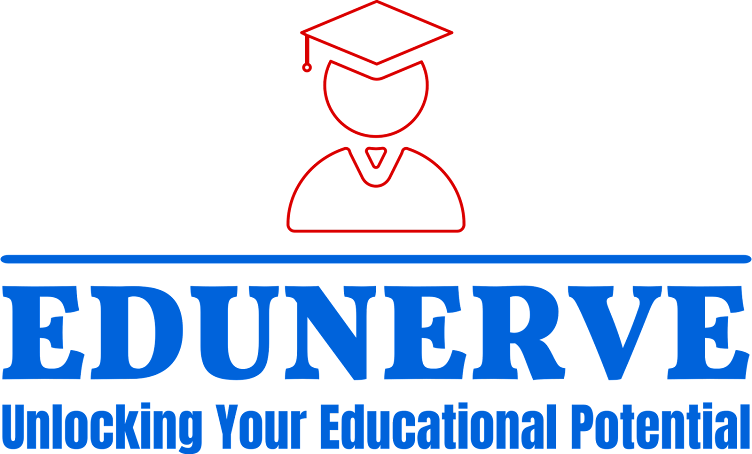Strategies for Teaching Primary Students with ADHD
ADHD, or Attention Deficit Hyperactivity Disorder, is a common neurodevelopmental disorder that affects many children, especially in the primary school years. Teaching students with ADHD can present unique challenges, but with some strategies in place, educators can create a supportive and inclusive learning environment for these students to thrive.
Understanding ADHD: What's the Deal?
So, what's the deal with ADHD? Well, it's a condition that affects a child's ability to focus, control their impulses, and regulate their behavior. It can result in difficulty paying attention, staying organized, and following instructions. Children with ADHD often struggle with impulsivity, hyperactivity, and distractibility, which can impact their academic performance and social interactions.
Keep It Short and Sweet
When it comes to teaching students with ADHD, keeping lessons short and sweet can be a game-changer. Long lectures or assignments can easily overwhelm students with ADHD, leading to frustration and loss of focus. So, break it down into bite-sized chunks, and keep instructions concise and clear. Use bullet points, diagrams, and visual aids to help reinforce key concepts and keep students engaged.
Get Their Wiggles Out
Students with ADHD often have a lot of energy to burn. So, incorporating movement breaks into the lesson plan can be a great way to help them stay focused. Encourage students to stand up, stretch, or do a quick physical activity to release their excess energy. It can help them refocus and improve their attention span during class.
Flexibility Is the Key
Flexibility is the key when teaching students with ADHD. Understand that they may have different learning styles and needs, and be prepared to adapt your teaching methods accordingly. Offer options for different ways to complete assignments, such as using technology or hands-on activities. Be open to their questions and suggestions, and provide opportunities for them to take ownership of their learning.
Make It Fun and Engaging
"Variety is the spice of life" - and the classroom! When it comes to teaching students with ADHD, keeping lessons fun and engaging can make a big difference. Use interactive activities, games, and group discussions to make learning enjoyable and accessible. Incorporate humor, storytelling, and real-life examples to bring the lessons to life and capture their attention.
Stay Positive and Encouraging
"Keep your chin up!" It's important to maintain a positive and encouraging attitude when teaching students with ADHD. Offer praise and rewards for their efforts, and focus on their strengths rather than their challenges. Use positive reinforcement strategies, such as a token economy or a sticker chart, to motivate and reward their progress. Be patient and understanding, and avoid negative language or criticism that can undermine their self-esteem.
Collaborate with Parents and Professionals
It takes a village to support students with ADHD! Collaborate with parents and other professionals, such as special education teachers or school counselors, to create a holistic support system. Share information about the student's progress, challenges, and strategies that work well in the classroom. Seek input from parents and professionals to develop individualized plans that meet the student's unique needs.
Conclusion
Teaching primary students with ADHD can be challenging, but with the right strategies in place, it can also be incredibly rewarding. Remember to keep lessons short and engaging, offer flexibility, stay positive, and collaborate with parents and professionals. By creating a supportive and inclusive learning environment, you can help students with ADHD thrive academically and socially. So, let's get started and make a positive impact in the lives of these amazing students!



No comments:
Post a Comment